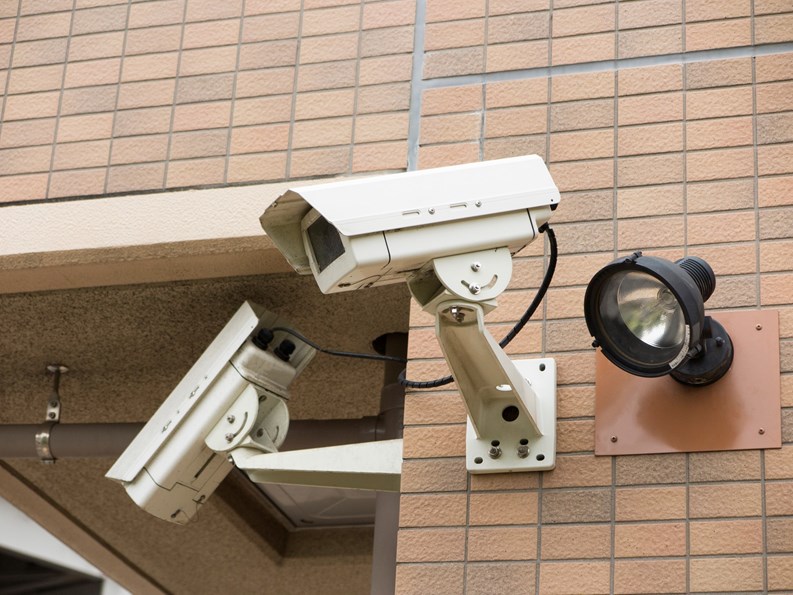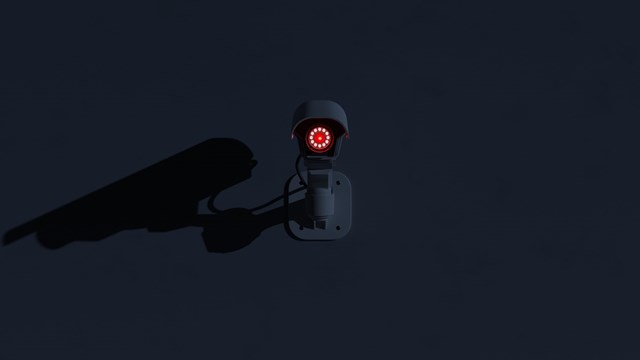In the old days of video surveillance, a closed-circuit TV system (CCTV) to monitor the doors and parking garage and lot used to be a grainy black-and-white mess. The footage would transmit to some subterranean bunker with a tiny TV so someone could keep an eye on things. That's exactly not helpful to authorities who are trying to assess potential criminal activity or pinpoint the identity of possible suspect.
But thanks to the latest technological innovations, today's modern security cameras look nothing like before.
“There have been a lot of advances over the last few years, particularly relating to high-definition networked video-based systems,” says Joe Cioffi III, vice president of Bergen Protective Systems in Englewood Cliffs, New Jersey. “They've been around for a while. But within the last few years, we've really seen the cost curve come down where they're really replacing analog systems with more traditional standard definition analog cameras.”
What You're Watching
The newer cameras have much better resolution and the images they capture no longer look like a gray blur on your monitor. However, it doesn’t mean they can do everything like what you see in the movies.
“There are still many factors that come into play when you talk about video,” says Cioffi. “How many cameras, where you place the cameras and what they're looking at. People in general tend to have an unrealistic view of what cameras should be recording or what they're capable of recording, mostly because of what they see in TV shows or in movies. But the quality of what we can provide nowadays is certainly much higher than what was available a few years ago, at a more affordable price.”
No Need for the Middleman
It used to be that if you wanted a CCTV system to work that you needed someone watching it. That way, an alert could be sent out to the authorities if something happened. That would add to the cost of the system, but that’s no longer the case anymore. A lot of modern systems have begun to incorporate at least a very basic level of video analytics into their systems. For example, a camera system can be set up to detect motion and only record when someone is in or passing through a room. This allows for not only easier recall if there’s something you want to check on, but easier storage since you aren’t constantly recording.
“Video analytics are very big,” Cioffi says. “It started out very expensive when it first came out and now a lot of the DVR (digital video recorder) and NVR (network video recorder) manufacturers are incorporating at least a basic level of video analytics into their systems. If you have a static image on the screen, just say you have a camera looking at a lobby. The moment that there's motion in that field of view, it's recording. And then we can actually have it send alerts.”
See Footage Anywhere and Anytime
Additionally there are certain systems out there that allow for easier storage and accessibility. Gone are the days of having a room filled with tapes and someone sitting at a desk watching the cameras all night.
“You can view recorded video. You could get recorded video off of them and save them to a USB thumb drive or some other sort of media,” says Cioffi. Not only can the footage be stored on a server that would take up almost no room at all, you could potentially see it on your computer just by accessing a website.
Mike Brenner, director of business development at Advance Security & Intercoms, based in Yonkers, says: “The systems are becoming more and more integrated. Today if I’m sitting at my computer, I can look at cameras elsewhere or at access control programs. I’m working on a bid for a CCTV system right now, but it has to be compatible, and accessible, with the access control, intercoms and other systems.”
“The move has really shifted to the IP world because of that bend in the cost curve. So that's pretty much what we're installing across the board, not just in facilities with multi-tenant occupancies but also in all types of facilities,” says Cioffi.
So while CCTV can’t do everything we wish it could or have seen it do in the movies, it’s gotten to the point where they can do more than you think.
John Zurz is a staff writer at The Cooperator.










Leave a Comment